Lahugala is just 25km due West of AbaY
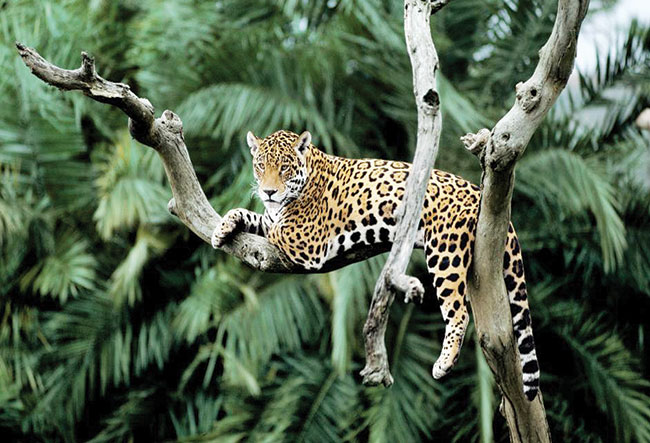
BY H A I Katugaha
One morning in the 1950’s we had gone across into Yala Block 2 and our destination was Walaskema in search of the famous crossed tusker, so named because of the crossing of the tusks in front. We had Block 2 all to ourselves. Parking the jeep, we began our walk to Walaskema. There were four of us in the party, namely Uncle Sam, Upali, our tracker and myself.
We saw a leopard sitting under a tree. He got up and started walking towards us. This was most unusual. We shouted at him but he took no notice at all. He growled at us and kept getting closer. Shouting at him we walked backwards and even threw stones at him. One thrown by the tracker hit him on his head, but he kept on coming.
Having reached the jeep, Upali raced the engine and sped towards him. The leopard then ran off into the jungle. Leopards usually run off at the sight of man, and the difficulty is to get close to one. Uncle Sam was of the opinion that this one may well have been used to humans since the Kataragama pilgrims passed this way every year. Maybe he even had a taste of human flesh by eating the corpse of a pilgrim that had died during the walk across Kumbukkan Oya to Menik Ganga. It was a large male animal in the prime of his life.
We reached Walaskema, which was a water-hole, and though we waited till evening the famous tusker did not come to drink water. On our way back we did see a herd of elephants across the Pilinnawa plains.
Years later while camping out at Kosgasmankada in Yala Block 1, one night I noticed some movement under one of the lanterns that we had hung around the camp to keep animals away. Using my torch I discovered that it was a leopard that sat right under the lantern and watched our camp. Soon several torches were focused on it and we had a good look at this fine male leopard. One member of our party then turned the vehicle and put on the headlights. There he was in all his glory watching us with apparent delight.
Next morning we reported this unusual behavior to the park office and were told that this was a bold leopard that had even attacked a labourer attached to the department while walking along at the campsite. The rule is that a leopard will run off at the sight of man unless man has wounded him. It is always best to remember that there are exceptions to every rule.
Land of the gentle giants
At dawn, in the early 1960’s, I lay stretched out on a mat in the verandah of the old Irrigation Department bungalow at Lahugala. A regular swish-swish close by informed me that an elephant, perhaps two, were feeding on the luscious beru grass close to the sluice. It was still very dark. The first vocalists for the morning were a pair of magpies. Their whistling calls were welcome indeed. Next a shama gave vent to his repertoire of vocal renderings. Then the pair of brown fish owls that was always to be found near the sluice finished their serenade with a short burst of hoo hoo.
As darkness gave way to light that misty morning, I watched the dark shape of an elephant slowly moving up to the rock in front of the bungalow. He stood still, probably enjoying the cool breeze that was blowing across the tank. After about 15 minutes he came down and walked towards the well.
Sammy, the Department’s watcher at the bungalow, kindly brought me a hot cup of tea and whispered, “Sir, be careful when you go for a wash, there is an elephant by the well.” I thanked him for his concern.
By the time my friends and I finished our tea, the elephant left the well and moved off into the jungle to our right. We could now see that there were two elephants feeding by the sluice. About 7 am they slowly walked up the bend of the tank and faded away to the left of us.
Across the tank, felled logs of the majestic trees that they once were, stood out in the early morning sun. It happened to be the depot of the State Timber Corporation and quite an eyesore in such a wonderful setting. Birds that were resting by the tank, such as painted storks, pelicans, teal, open-billed storks and a few white-necked storks, took off to look for breakfast. Four adjutant storks began their stately walk in search of food.
It was a typical morning at Lahugala. As we walked up to the rock a solitary pied kingfisher hovered momentarily, dived and came up with a fish. He flew to his perch, flicked the fish up and expertly swallowed it head first. The purple herons and the coots were active in the grass, while the beautiful jacanas were flitting over the lotus leaves looking for food.

Lahugala was then only a forest reserve and not a national park. The tank was managed by the Irrigation Department and Sammy was its watcher that looked after the sluice. Later Lahugala became an elephant reserve. Elephants were the chief attraction and they were to be seen throughout the year, but during the dry season from July to September, they congregated in large numbers. During this period, the herds gathered here for water and for the beru grass that they loved so much. There was always a resident population of elephants numbering about twenty. It was not till the 1970’s that it finally became a national park. Though it was only five square miles in extent it was a haven for elephants.
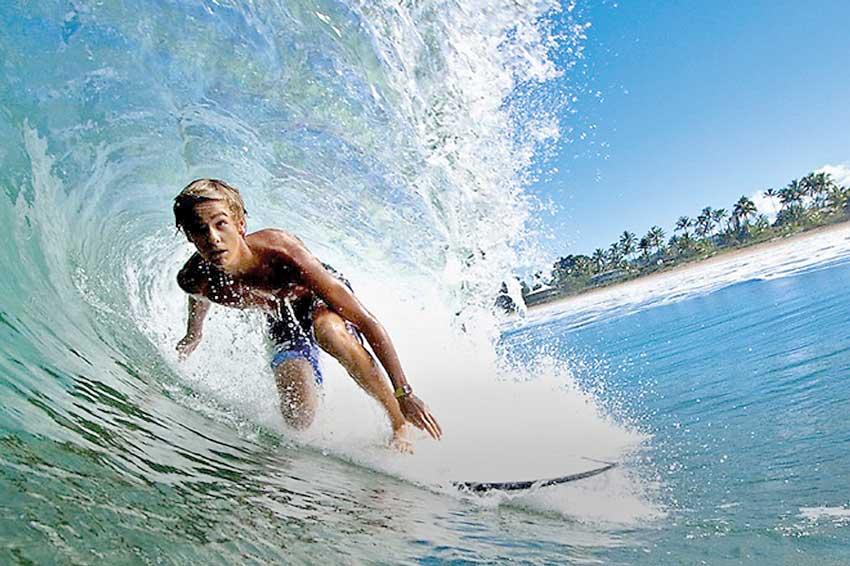
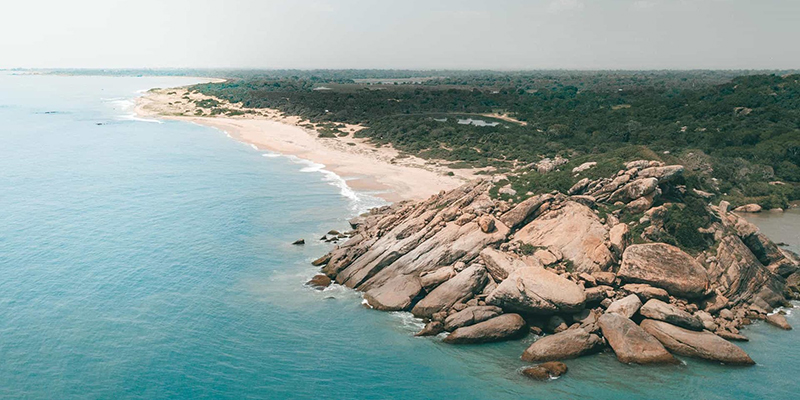
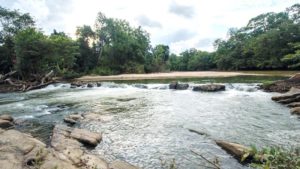
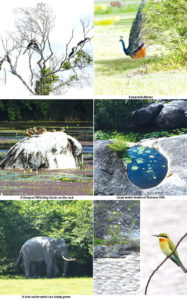
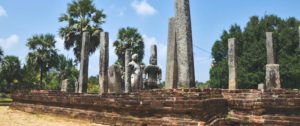
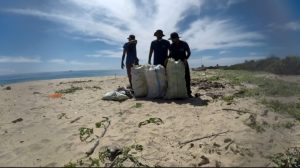

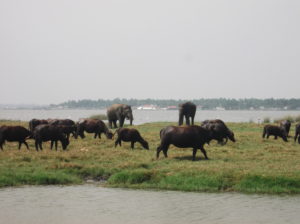
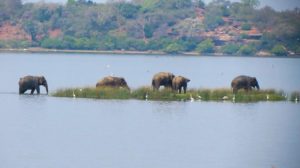
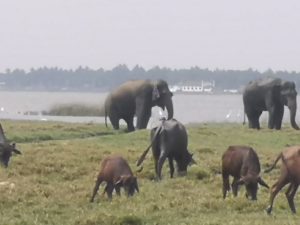
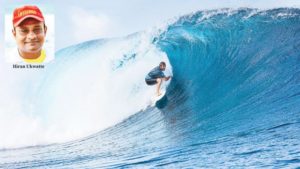


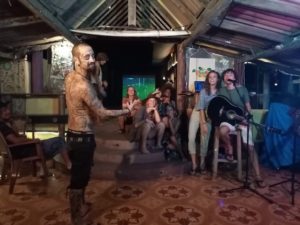
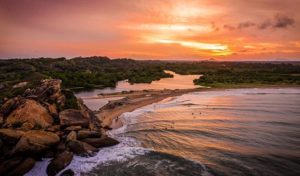
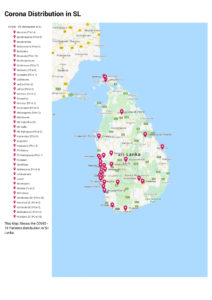
 Arugam Forum
Arugam Forum Arugam Photo Galleries on Picasa
Arugam Photo Galleries on Picasa Old Website
Old Website Press Coverage
Press Coverage Surf Forecast for Arugam Bay
Surf Forecast for Arugam Bay
TODAY’s Comments